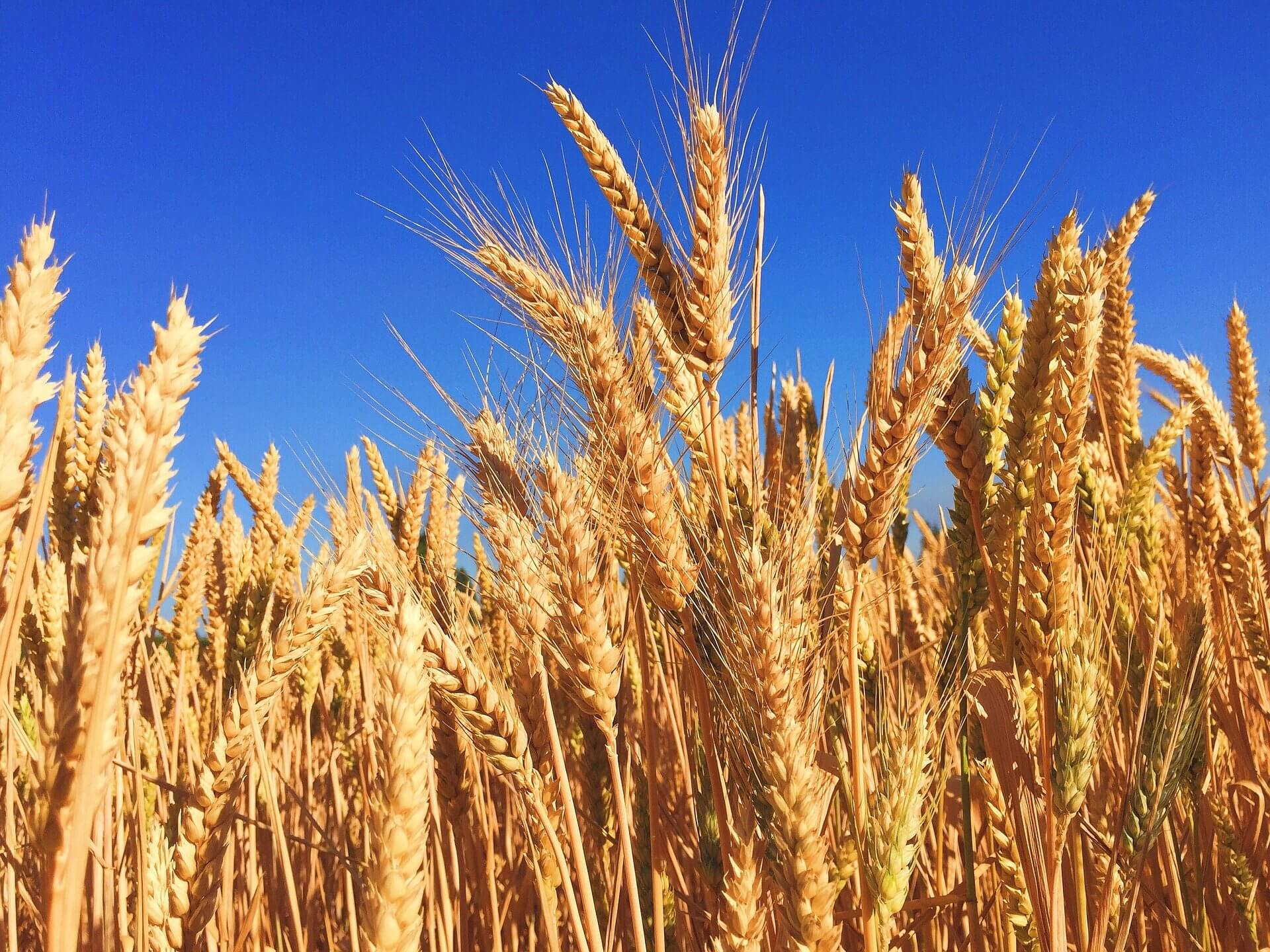
Summary
In this application note the analysis of common monosaccharides, disaccharides and more complex oligosaccharides is demonstrated using the ALEXYS Carbohydrates analyzer based on the DECADE Elite electrochemical detector. The sugar profile method published by the AOAC for the analysis of carbohydrates in food, dietary supplements, pet food and animal feeds was used in this study [1]. This method was granted the AOAC first action official method status in 2019. The analysis is based on gradient separation on a High-Performance Anion-Exchange column followed by Pulsed Amperometric detection using a 4-step potential waveform.
Introduction
Carbohydrates are the most abundant biomolecules found in living organisms. These carbohydrates, which are also called saccharides, originate as products of photosynthesis and play an important role in metabolism, storage of energy end nutrition. [2] Carbohydrates can be separated in different groups based on their structures of which monosaccharides are the simplest molecules. Common examples of monosaccharides are glucose and fructose. Monosaccharides can be described as aldehyde– or ketone-alcohols containing three to six carbon atoms and are the building blocks for more complex carbohydrates such as disaccharides and polysaccharides. Maltose is an example of a disaccharide which is mainly found in grains and cereals. Due to the presence of oxidizable hydroxyl groups in all carbohydrates, they can be detected with electrochemical detection. [3-5].





